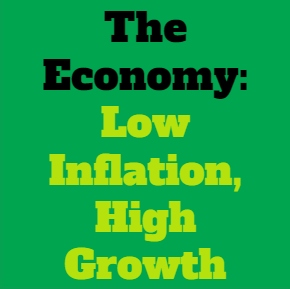

By Linus Garg
First publised on 2023-06-14 05:56:04
The data released by the National Statistical Office shows that retail inflation is down and industrial production is up. Taken together, these figures show that the economy is growing well and has now entered the low-inflation, high-growth zone. This is good news but must be received with caution as retail inflation is down mainly due to decline in food prices. Since the early signs of monsoon (India is rain-deficient at present) are not encouraging, food prices can return to their elevated levels quickly and inflation might rise again if rains play truant. In any case, prices of cereals, milk and milk products, as also atta, remain elevated. Although the government has capped wheat stocks which traders and processors can keep in order to prevent hoarding and bring down prices of atta and maida, it will take time for that to take effect. Prices of other items in non-food and fuel categories, such as household goods, clothing, footwear and personal care items remains elevated. Fuel prices also remain high. Hence, although inflation was at a 25-month low at 4.3% in May (with food inflation even lower at 2.91%), even the RBI has said that it will be 5.2% and 5.4% in the third and fourth quarters respectively. Considering these facts, the RBI has already said that interest rates will remain high for now and has ruled out any immediate reduction in key lending rates.
On the other hand, the Index of Industrial Production (IIP) was at 4.2% in April with manufacturing higher at 4.9%. Consumer durables continue to perform poorly and the segment has contracted since December, proving that high interest rates and consequently high EMIs have made people postpone their purchases. However, the searing temperatures in April-May have seen people rush to buy air conditioners and air coolers in large numbers. Capital goods segment also slowed down in April and that is also due to high interest rates. But overall, capital goods segment has averaged 9 percent in the last four months and infrastructure/construction goods segment has also shown a healthy growth of 10% over the same period. As the PMI and services PMI were 58.7 and 61.2 respectively in May, the order books are getting filled and tyhis is an encouraging sign for the economy. The RBI should reconsider its decision to pause interest rates and give a push to the economy by starting to cut rates from the August MPC meeting if the monsoon is normal. The Centre should also consider reducing fuel prices to bring down transport costs.











